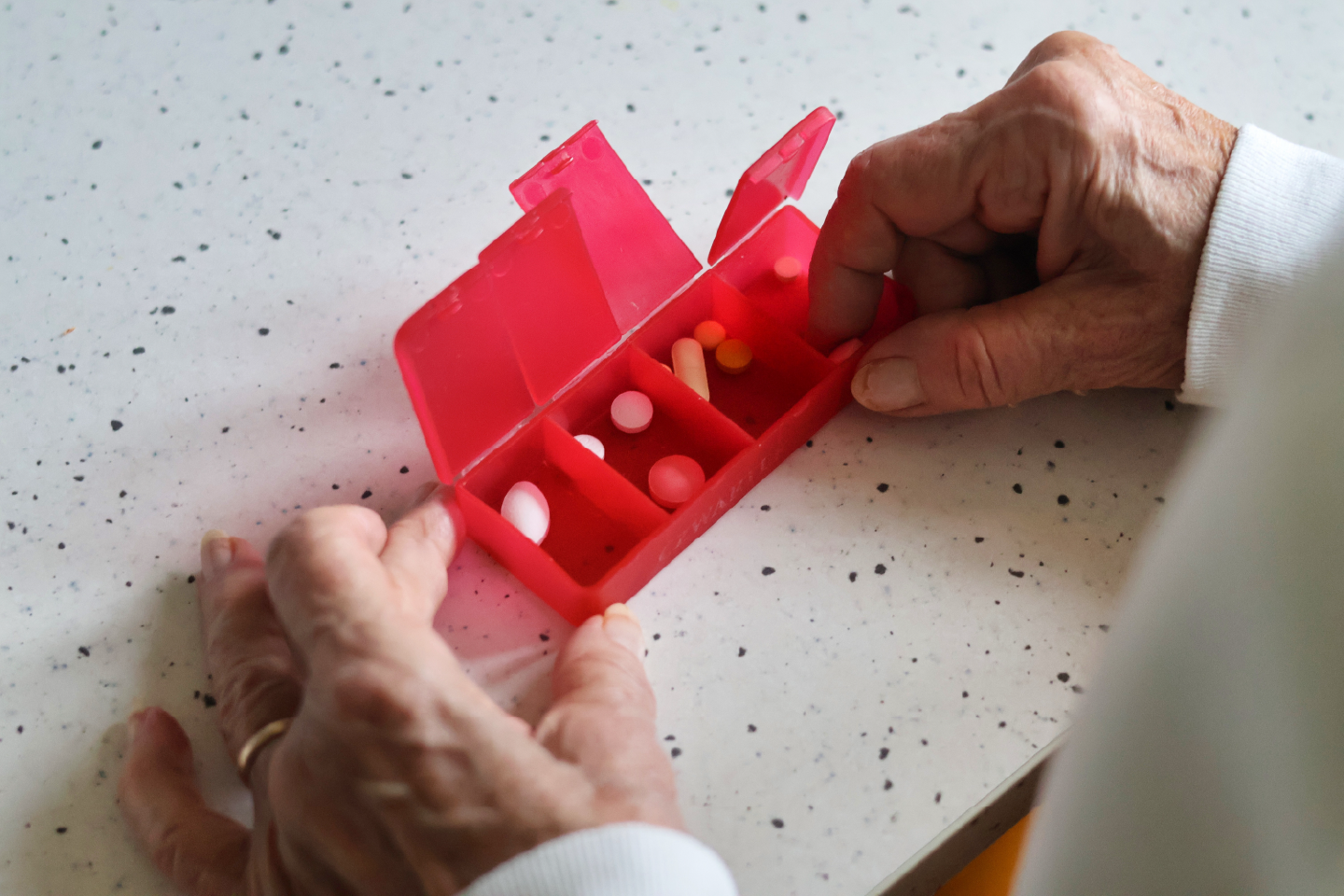Mind the Gap: Can Timing Your Medications Prevent Drug Interactions?

Mind the Gap: How a Few Hours Can Cut Your Risk of Harmful Med Mix-Ups
Picture this: You’re rushing through your morning routine, tossing back your daily vitamin with your coffee, then grabbing an ibuprofen for that nagging headache an hour later. Seems harmless enough, right? But here’s what most people don’t realize—those two substances are now racing toward their peak concentrations in your bloodstream at roughly the same time, potentially setting the stage for an interaction you never saw coming.
We’ve all heard the warnings about dangerous drug combinations, but there’s a surprisingly simple factor that rarely gets the attention it deserves: timing. Sometimes the difference between a safe medication routine and a problematic one isn’t what you’re taking—it’s when you’re taking it.
The Hidden Power of When
Think of your body like a busy intersection. When two cars (medications) approach at different times, traffic flows smoothly. But when they arrive simultaneously? That’s when fender-benders happen. The same principle applies to the drugs and supplements circulating in your system.
Every pill you swallow follows a predictable journey. It dissolves, gets absorbed, reaches peak concentration (usually within 1–2 hours for fast-acting meds, up to 4–6 hours for extended-release), then gradually fades away. The technical term for this fade-out period is "half-life"—how long it takes for half the active ingredient to clear your system.
Here’s where it gets interesting: when two substances peak at the same time, their effects can amplify each other in ways that neither would cause alone. It’s like turning up two different radio stations simultaneously—suddenly you’ve got interference where there was none before.
Consider Sarah’s story. She’d been taking the same multivitamin and over-the-counter pain reliever for months without issues. But when her schedule shifted and she started taking both around lunchtime, she began experiencing jittery feelings and stomach upset that left her puzzled. The culprit? Both substances were hitting their stride in her system during the same 2–3 hour window each afternoon.
Real Stories, Real Solutions
David learned this lesson the hard way. His usual routine worked perfectly: sleep aid at 10 PM, energy supplement at 7 AM. But one evening, running late and hoping to get a head start on the next day, he took his morning supplement just an hour before bed. The result? A night of racing thoughts and zero sleep, as his "wake-up" supplement collided head-on with his sleep aid.
These aren’t cautionary tales about dangerous drugs—both people were taking perfectly safe, commonly used products. The problem was timing.
Simple Strategies That Actually Work
The good news? You don’t need a pharmacy degree to start thinking strategically about timing. Here are some practical approaches that can make a real difference:
Work with your body’s natural rhythm. Your circadian clock isn’t just about sleep—it affects how you process medications too. Energy-boosting supplements naturally belong in your morning routine, while sleep-promoting agents work best in the evening. Fighting against these natural patterns often creates unnecessary overlap zones.
Let meals be your guide. Some medications need food to absorb properly (and to avoid stomach irritation), while others work best on an empty stomach. This natural division can help you spread doses throughout the day. Take your "with food" medications at breakfast, lunch, or dinner, and save "empty stomach" ones for mid-morning or mid-afternoon.
Embrace the buffer zone. A simple 4–6 hour gap between potentially interacting substances can dramatically reduce the time both are at peak levels in your system. You don’t need to become a pharmacokinetics expert—just think "morning, afternoon, evening" instead of cramming everything into one or two daily doses.
The Questions That Matter
The next time you talk with your pharmacist or doctor, try asking:
- "I’ve been wondering about timing—are any of my medications hitting peak levels around the same time each day?"
- "Could you help me understand which of these work better with food versus on an empty stomach?"
- "If I wanted to space things out more, which medications have the most flexibility in timing?"
These conversations often reveal simple adjustments that can significantly reduce interaction risk without changing what you’re taking.
Your Personal Timing Strategy
Here’s the thing about medication timing—it’s not one-size-fits-all. Your work schedule, meal patterns, sleep habits, and even your body’s unique processing speed all factor into what works best for you. The goal isn’t to follow a rigid prescription, but to develop awareness of how timing affects your personal medication routine.
Start by mapping out your current schedule. When do you typically take each medication or supplement? How does this align with your meals and daily rhythm? Are there obvious collision points where multiple substances are peaking simultaneously?
Small adjustments often yield big improvements. Moving one supplement from breakfast to mid-afternoon, or shifting a medication from bedtime to dinner, can create the breathing room your system needs to process each substance safely.
Beyond the Pill Organizer
Traditional pill organizers help you remember what to take when, but they don’t help you visualize timing interactions. Consider tools that can map out peak concentration windows and highlight potential overlaps. Even a simple phone alarm system, where you space doses throughout the day rather than clustering them, can make a meaningful difference.
The key is developing an intuitive sense of your medication timeline. When you pop that afternoon vitamin, you should have a rough idea of when your morning supplement will be fading out. When you reach for that evening sleep aid, you want confidence that your afternoon medications won’t interfere with a good night’s rest.
Moving Forward
Timing awareness isn’t about becoming your own pharmacist—it’s about being a more informed partner in your healthcare. When you understand the basic rhythm of how your medications work in your body, you can have more productive conversations with your healthcare team and spot potential issues before they become problems.
Start simple. Pick one or two medications or supplements in your routine that you take close together in time. Research their typical peak concentration windows (your pharmacist can help with this), and consider whether a few hours’ spacing might reduce any overlap. Test the adjustment for a week or two and see how you feel.
Remember, this isn’t about perfection—it’s about awareness. Even small improvements in timing can lead to noticeable reductions in side effects or interactions. And that’s a gap worth minding.
This article is for informational purposes only and is not medical advice. Always consult your healthcare provider before making changes to your medication routine. For more resources on medication safety, visit MedSafeProject.org.
Timing is an awareness tool, not a prescription—small gaps can make a big difference.


